Wandering through Toulouse’s ancient streets last week, I was immediately struck by the warm, rosy glow that gives this French gem its nickname “La Ville Rose” (The Pink City). Toulouse’s buildings are crafted from distinctive terra-cotta bricks that bathe the entire Old Town in a salmon-pink hue when the sunlight hits just right.
This unified architectural style creates a magical atmosphere that makes Toulouse one of France’s most visually stunning yet underrated destinations.
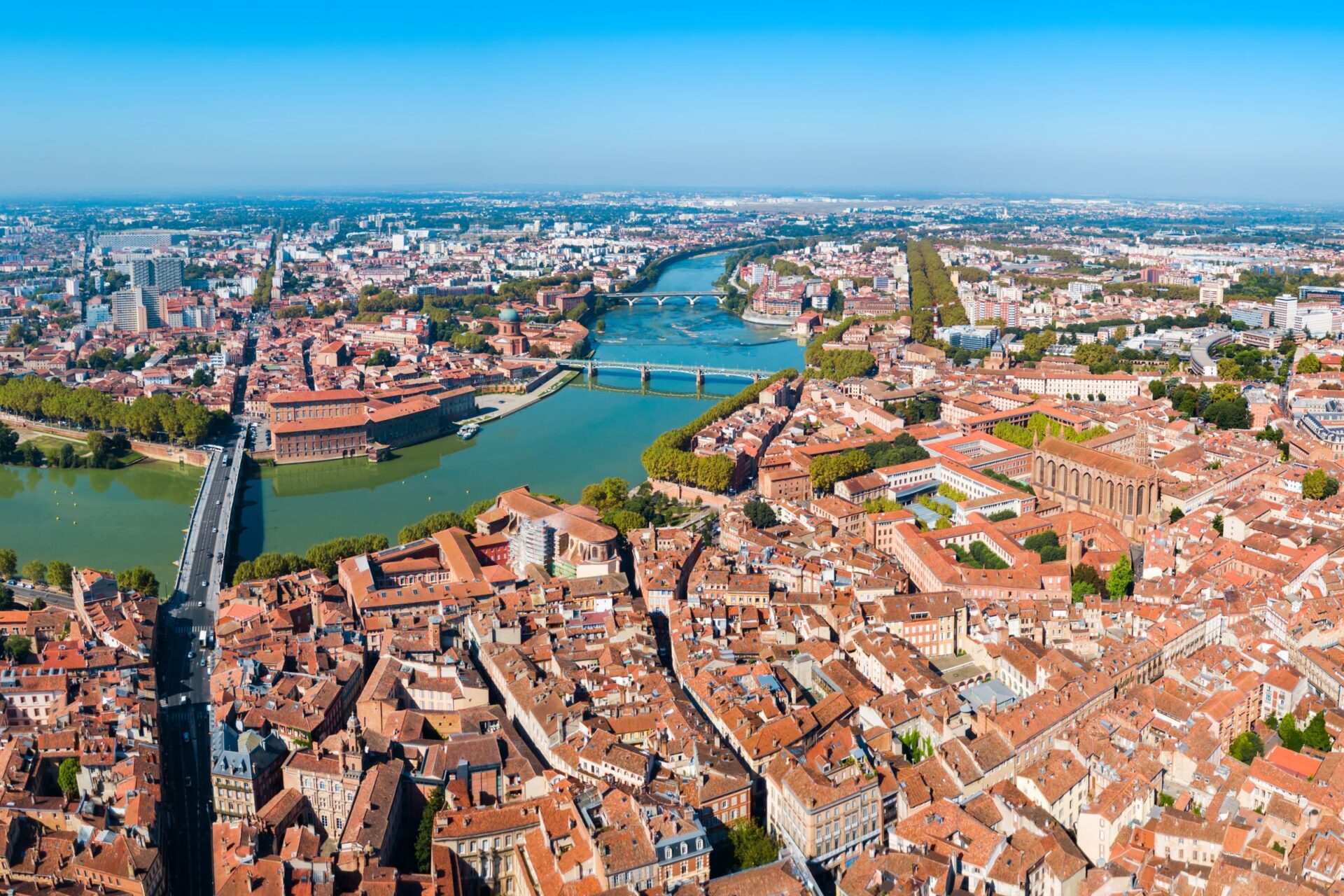
My morning walks along the Canal du Midi revealed how perfectly Toulouse balances history with everyday life. Just 10 minutes from the bustling city center, I discovered charming barges moored along the waterway, some converted into cozy homes. The city offers a more affordable and relaxed alternative to Paris, yet doesn’t skimp on culture, history, or—most importantly—incredible food.
What makes Toulouse truly special is how it surprises you at every turn. One moment I was admiring centuries-old architecture, and the next I was savoring innovative cuisine at a local bistro. From the impressive brick buildings to the vibrant cultural scene, this pink-hued city offers all the French charm you could want without the crowds of more famous destinations.
Discovering the Pink City
Toulouse enchants visitors with its distinctive salmon-pink buildings and charming atmosphere. Walking through this beautiful French city feels like stepping into a warm, terracotta-colored dream where history and modern life blend seamlessly.
Toulouse’s Signature Architecture
The moment I stepped into Toulouse, I was struck by the warm glow of its buildings. Unlike other French cities with their stone facades, Toulouse embraces its unique identity through brick construction. These aren’t just any bricks – they’re a distinctive salmon-pink color that gives the entire city a warm, welcoming glow.
The Capitole, Toulouse’s magnificent city hall, showcases this architecture at its finest. Its grand pink facade dominates the main square, especially beautiful when lit up at night.
What makes this architecture special is how it changes throughout the day. In morning light, the buildings appear subtly peachy, while sunset bathes them in rich orange-pink hues that literally make the city glow. This natural light show is why photographers love capturing Toulouse at different times.
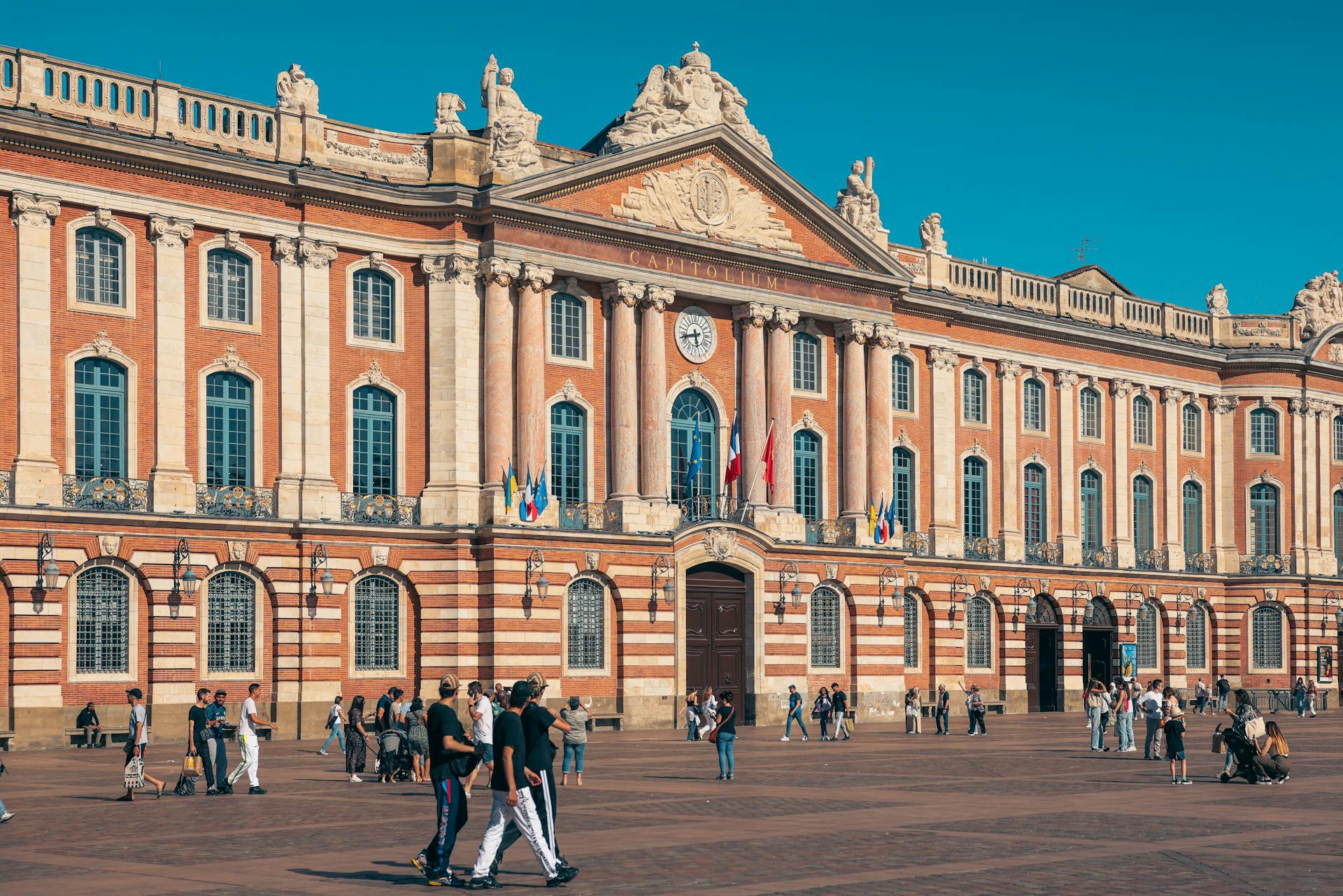
Stroll Through the Historic Old Town
Walking through Toulouse’s Old Town is my favorite way to experience the city’s charm. The narrow medieval streets invite exploration, with each turn revealing charming cafés, boutiques, and hidden courtyards.
Place Saint-Georges became my go-to spot for morning coffee, where locals gather at sidewalk cafés. From there, I’d wander to the Garonne River banks, where the historic Pont Neuf (ironically the city’s oldest bridge) offers stunning views.
The Old Town is wonderfully walkable, with most major sights within a 20-minute radius. Don’t miss the magnificent Basilica of Saint-Sernin, one of Europe’s largest Romanesque churches. Its soaring bell tower has watched over the city for nearly 900 years.
For the best experience, I recommend exploring early morning when the streets are quiet and the light brings out the richest colors in the brickwork.
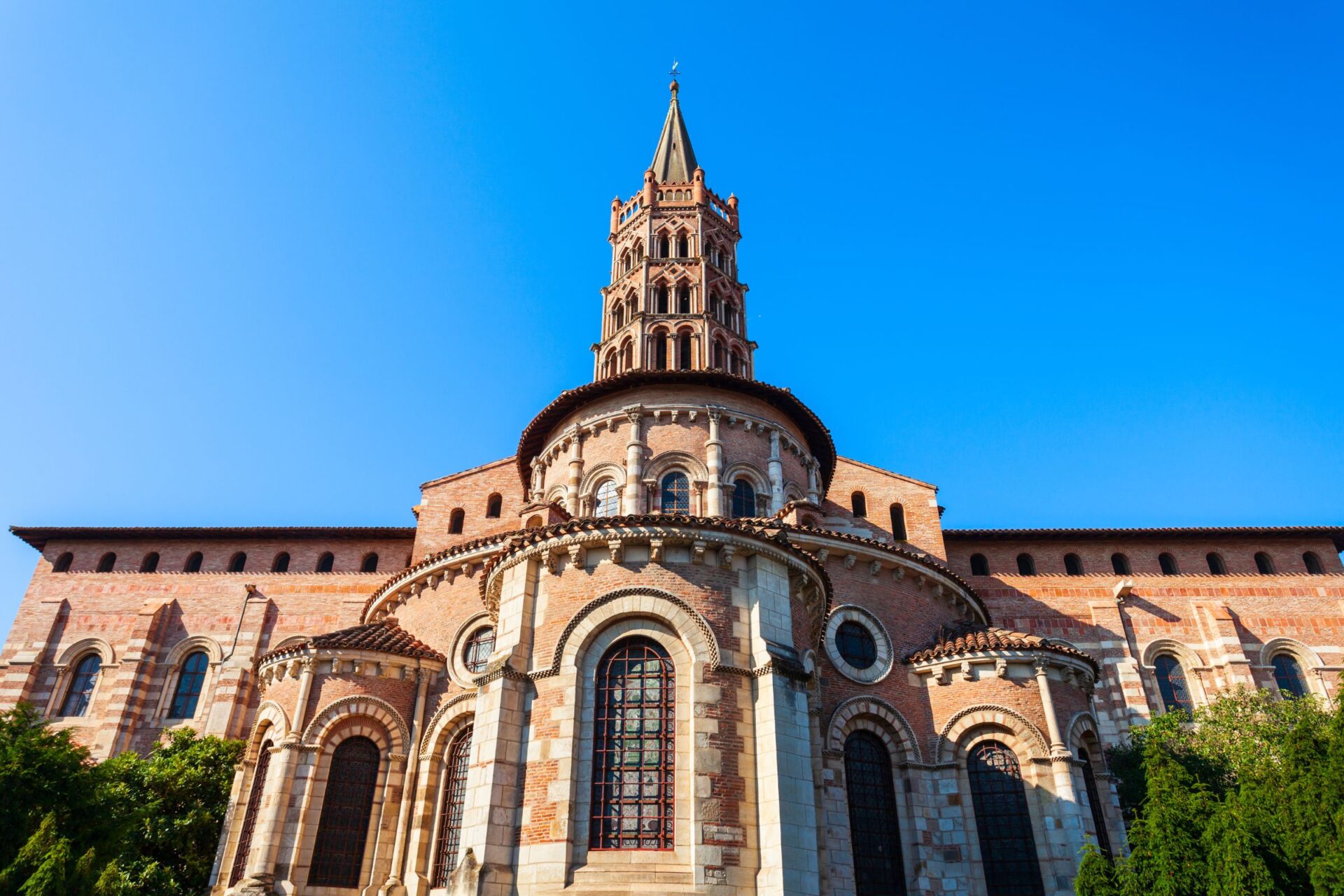
Why is Toulouse Called La Ville Rose?
Toulouse earned its nickname “La Ville Rose” (The Pink City) from the distinctive terracotta bricks used to construct most of its buildings. These bricks were made from local clay rich in iron, giving them their characteristic pink-orange hue.
This building tradition dates back to Roman times, when the region lacked sufficient stone quarries. The ancient Romans recognized the quality of the local clay and established brick-making as Toulouse’s primary construction method.
What’s fascinating is how this practical solution became the city’s defining characteristic. Unlike other French cities that changed architectural styles over centuries, Toulouse maintained its brick tradition, creating a remarkably cohesive cityscape.
Even modern buildings often incorporate these pink bricks to maintain the city’s unique visual identity. The nickname is so central to Toulouse that you’ll find “La Ville Rose” referenced everywhere from tourism materials to local products.
Cultural Riches and Artistic Flair
Toulouse pulses with creative energy that spans centuries of artistic expression. The city’s cultural landscape offers everything from classical art in historic buildings to vibrant street art decorating urban spaces.
Museums and Galleries Overview
I spent an entire day exploring the Musée des Augustins, and it was absolutely worth it. This former medieval monastery houses an impressive collection of sculptures and paintings from the Roman period through the 20th century. The Gothic cloisters alone took my breath away.
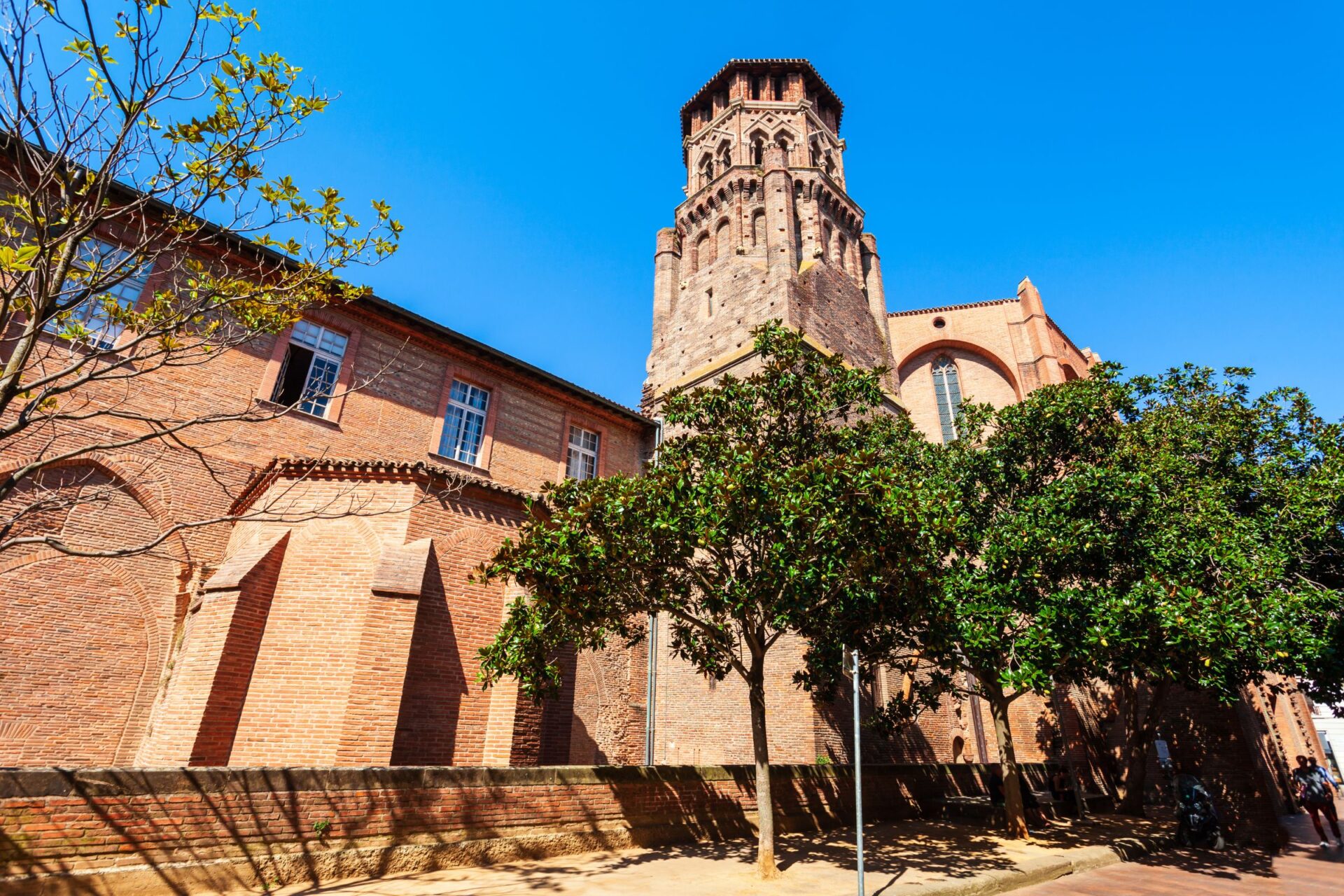
What surprised me most about Toulouse’s museum scene was its diversity. You’ll find specialized collections focusing on everything from aviation at Aeroscopia to contemporary art at Les Abattoirs.
For art lovers on a budget, many museums offer free entry on the first Sunday of each month. I’d recommend planning your visit accordingly if you’re traveling on a tight budget.
The museums aren’t just about viewing art – many offer interactive workshops where you can try your hand at traditional crafts or modern artistic techniques.
Street Art and Graffiti Scene
Toulouse’s street art scene thrives in neighborhoods like Arnaud Bernard and Saint-Cyprien. Walking through these areas, I discovered colorful murals that tell stories about the city’s history and culture.
The city has embraced graffiti as a legitimate art form. Local authorities have even designated certain walls as legal painting spaces, creating an ever-changing outdoor gallery.
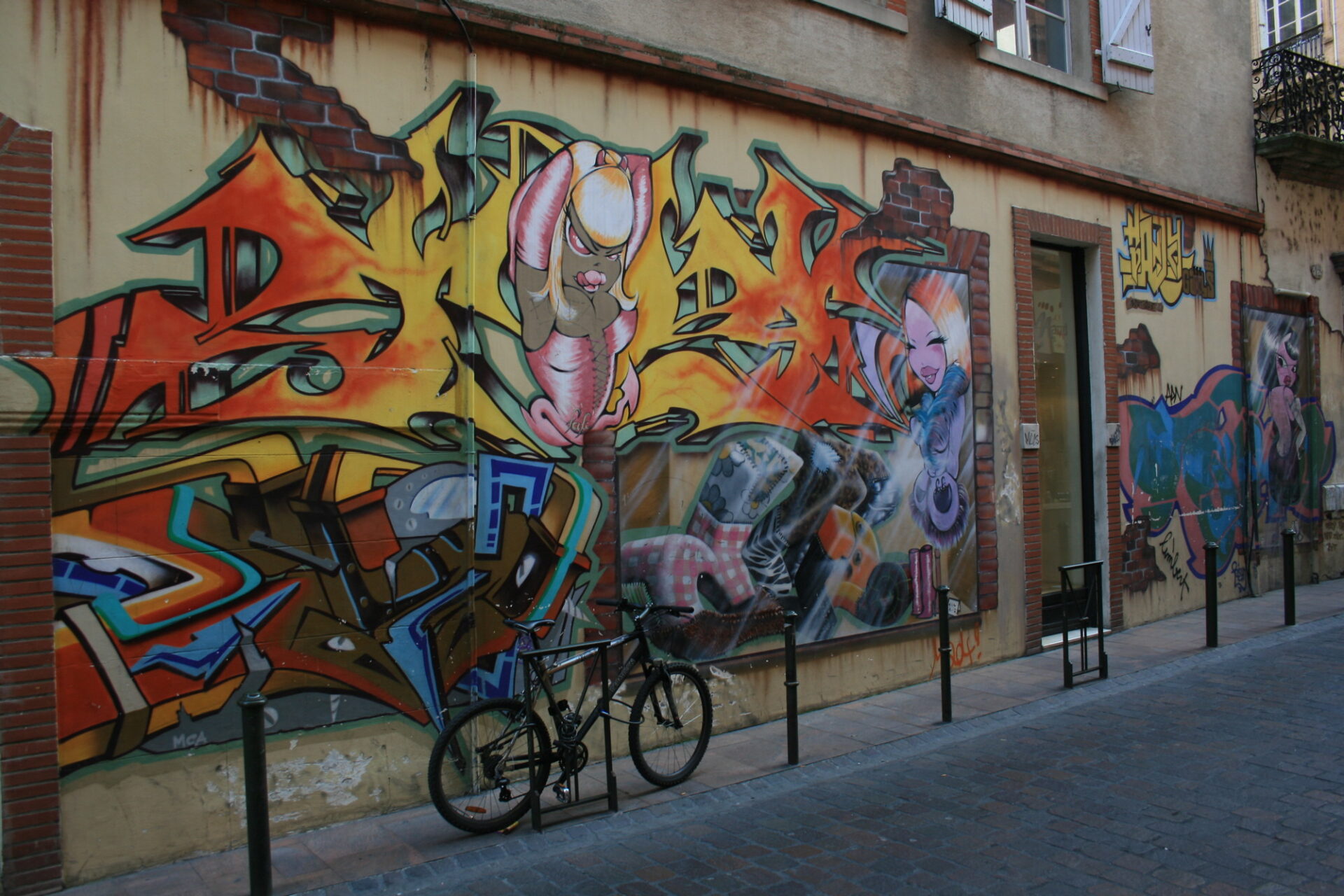
Some of my favorite pieces incorporate the city’s nickname, with pink-themed artwork that plays on Toulouse’s “Pink City” identity. Many local street artists have gained international recognition for their distinctive styles.
Don’t miss the annual Rose Béton festival where street artists from around the world transform urban spaces with new works. It’s become one of the most important street art events in France.
Historic Venues and Galleries
The Hotel des Beaux Arts houses rotating exhibitions in a stunning historic building. I was particularly impressed by how they blend contemporary art displays with the classical architecture.
City Hall (Capitole) contains the magnificent Salle des Illustres, where elaborate 19th-century murals depict key moments in Toulouse’s history. The ornate ceiling paintings left me standing in awe for nearly an hour.
Many galleries are clustered around Place Saint-Georges, making it easy to gallery-hop in an afternoon. I discovered several emerging artists whose work I couldn’t stop thinking about.
What makes Toulouse’s art venues special is how they inhabit historic spaces. Former factories, churches, and mansions have been reimagined as galleries, creating unique viewing experiences that connect past and present.
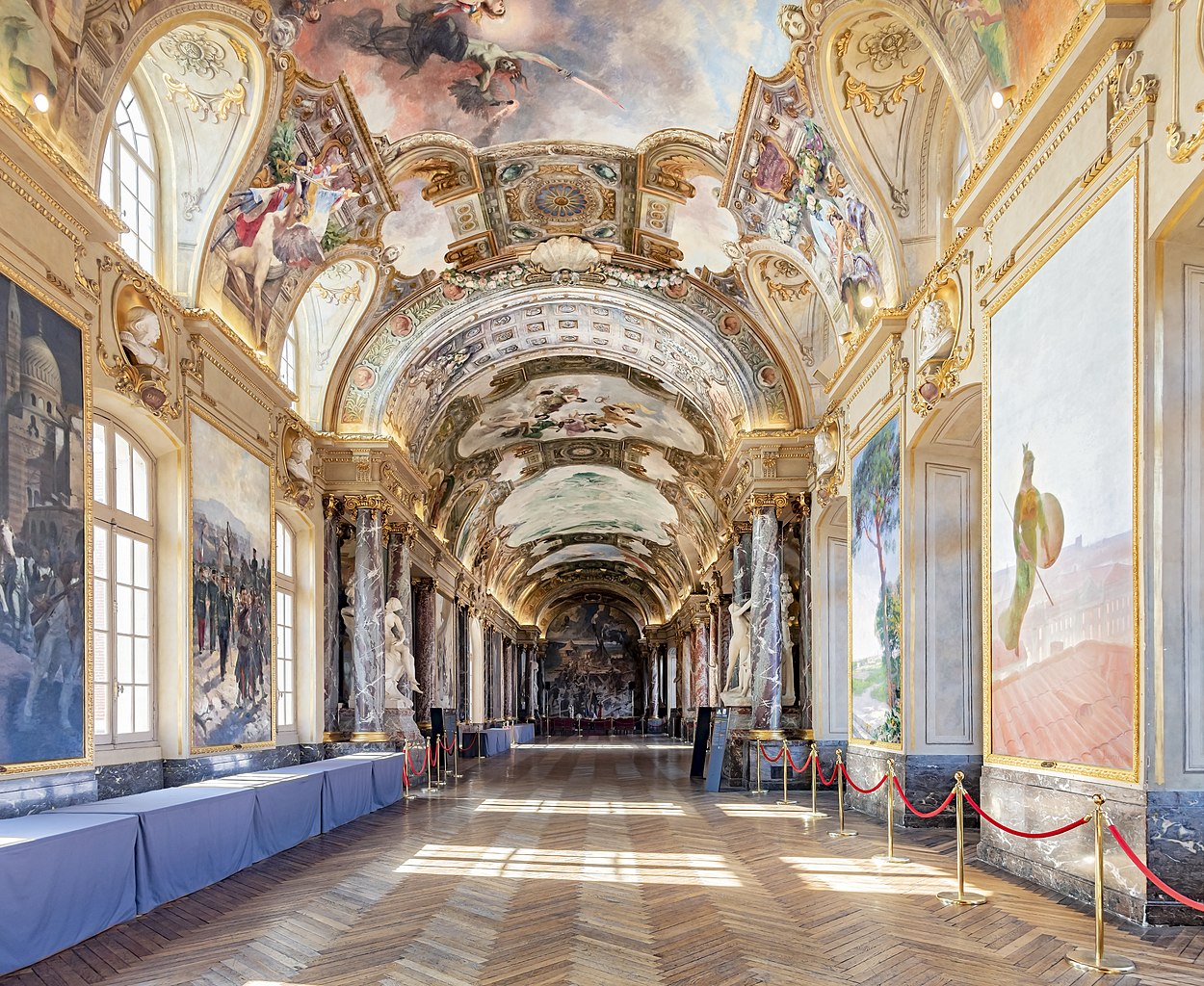
Gastronomic Delights of the South
Toulouse’s culinary scene offers a tantalizing blend of traditional southwestern French flavors that define this region. The city’s food culture is deeply rooted in hearty dishes and market-fresh ingredients that tell the story of its rich history.
Savoring the Authentic Toulouse Cassoulet
Walking through Toulouse, I couldn’t miss the numerous restaurants proudly showcasing their cassoulet. This iconic dish is the crown jewel of Toulousain cuisine – a hearty bean stew slow-cooked with duck confit, pork, and Toulouse sausage.
I found the most authentic version at Restaurant Emile in the historic center, where they bake it in traditional earthenware dishes. The crust forms perfectly on top while the beans underneath remain creamy.
What makes this dish special is the dedication to traditional methods. Local chefs explain that proper cassoulet should simmer for hours, allowing the flavors to meld together.
Pair your cassoulet with a robust regional wine like Madiran or Fronton – the locals insist it’s the only proper way to enjoy this filling dish.

The Café Culture in Toulouse
Toulouse’s café scene pulses with energy, especially around Place du Capitole. In the morning, I joined locals sipping rich espresso while enjoying fresh pastries.
The pink city’s cafés aren’t just about coffee – they’re social hubs where I watched daily life unfold. Many offer outdoor seating perfect for people-watching along the narrow streets.
What surprised me was the violet-infused offerings. From violet pastis (a local aperitif) to violet-flavored sweets, these floral notes are distinctly Toulousain.
By afternoon, cafés transform into casual wine bars. I loved sampling regional wines alongside small plates of foie gras and local cheeses.
The best spots blend traditional French café culture with the relaxed southern atmosphere that makes Toulouse so charming.
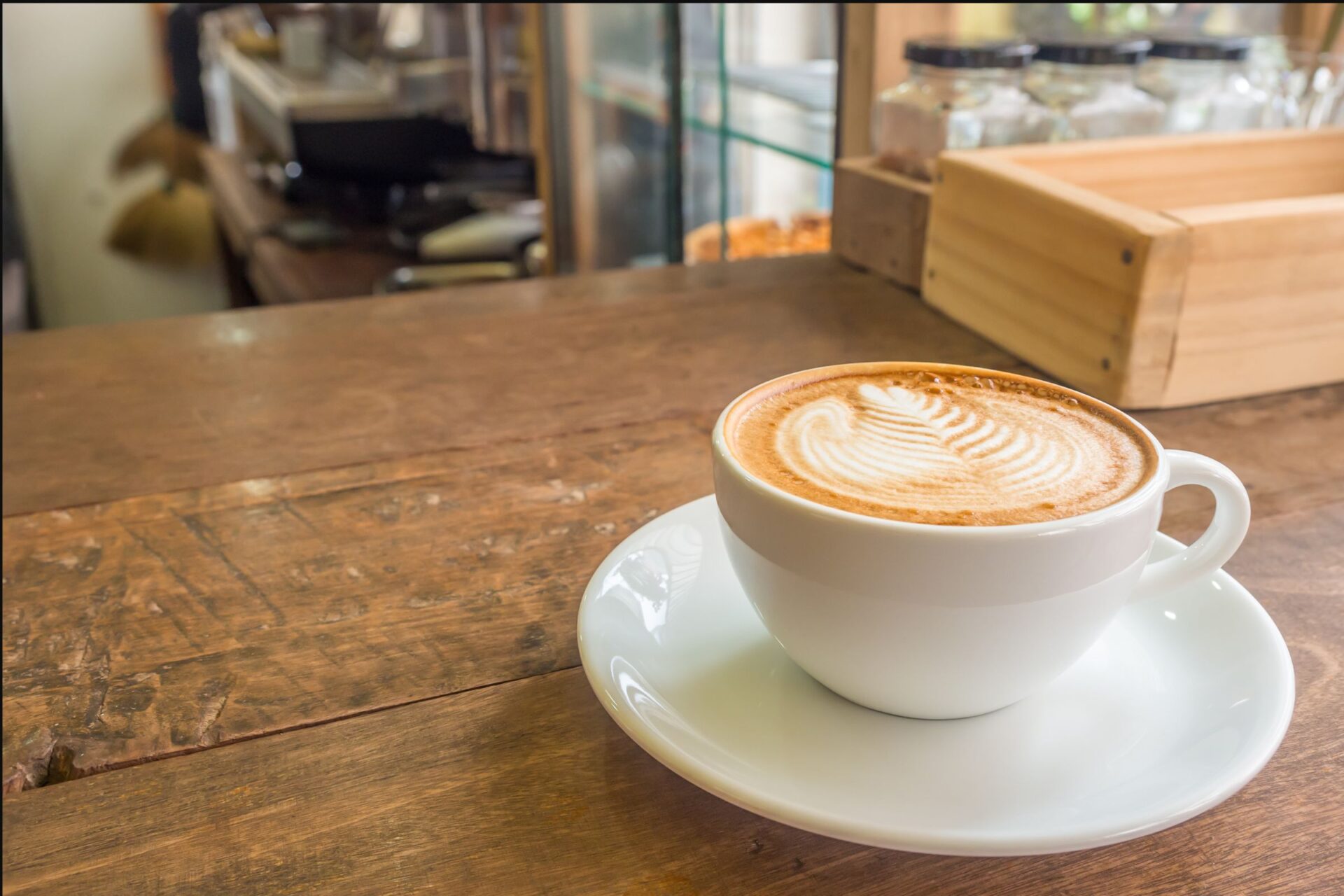
Exploring Victor Hugo Market
The heart of Toulouse’s food scene beats inside Victor Hugo Market. I arrived early to watch vendors artfully arrange colorful displays of regional specialties.
The market’s two levels offer different experiences: downstairs houses food vendors selling everything from artisanal cheeses to duck confit, while upstairs hosts small restaurants serving market-fresh meals.
I followed the locals’ lead and shopped for ingredients before heading upstairs for lunch. The small bistros there prepare what you’ve purchased, adding their culinary magic.
The market showcases southwestern France’s bounty: pink garlic from Lautrec, melons from nearby farms, and an impressive selection of foie gras.
Don’t miss the wine vendors who happily offer samples of regional varieties while sharing stories about local vineyards.
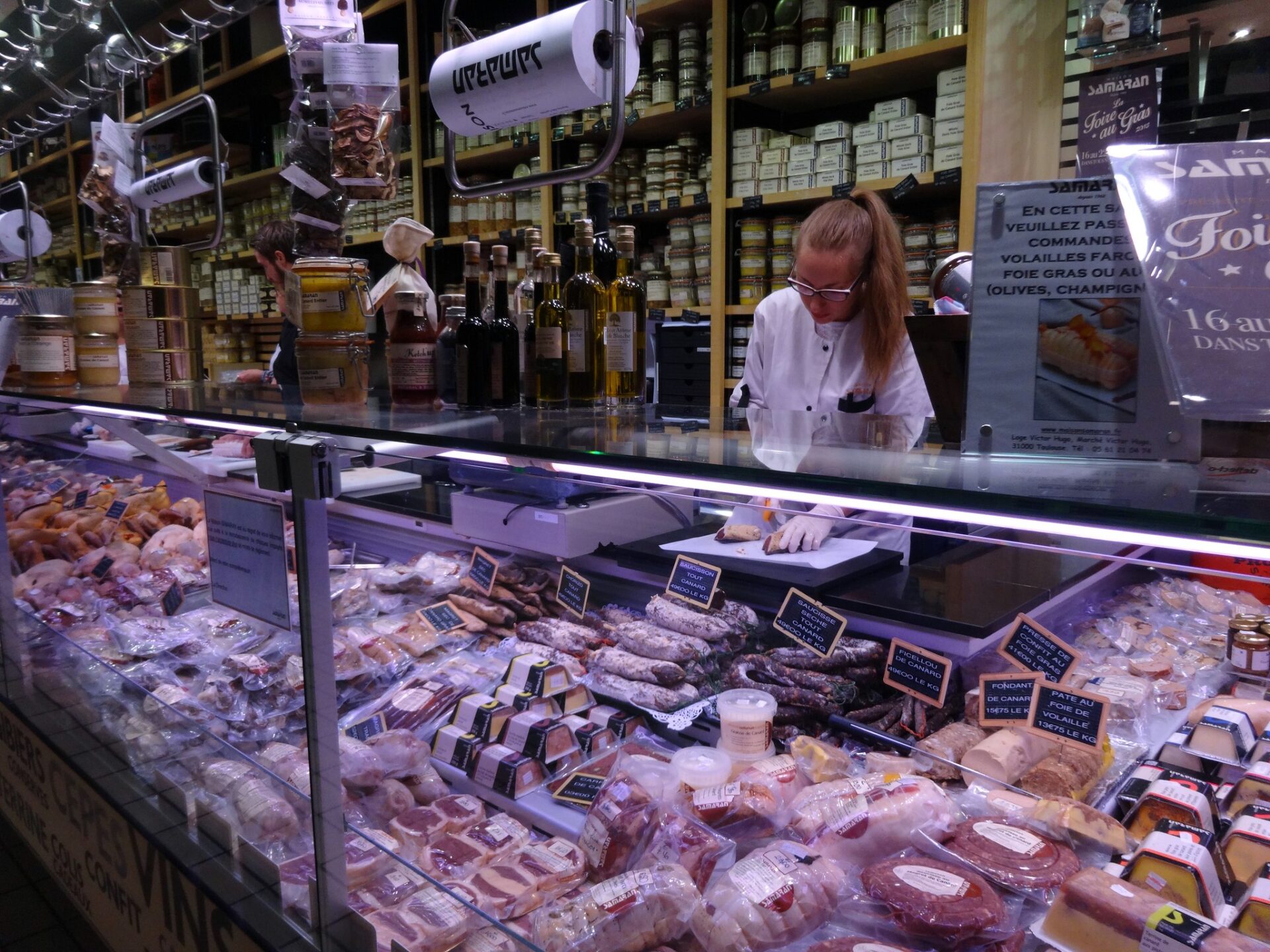
Exploring Toulouse’s Natural and Urban Landscapes
Toulouse offers a stunning blend of natural waterways and architectural marvels that give the Pink City its unique character. The brick buildings contrast beautifully with the green spaces and flowing waters that weave through the urban landscape.
The Garonne River: A Path for Exploration
The Garonne River runs through the heart of Toulouse, creating a stunning natural divider in the city. I love walking along its banks in the evening when the sunset casts a golden glow on the pink brick buildings.
The river offers plenty of recreational activities. Rowing is popular among locals, and you can often see crews practicing their synchronized strokes on calm mornings. You can rent a kayak to paddle down the Garonne for a unique perspective of the city.
Many riverside paths are perfect for joggers and cyclists. I particularly enjoy the stretch between Pont Neuf and Pont Saint-Pierre, where you get spectacular views of the city skyline.
The riverbanks host seasonal events and markets too. During summer, pop-up bars and food stalls appear, creating a festive atmosphere along the water.
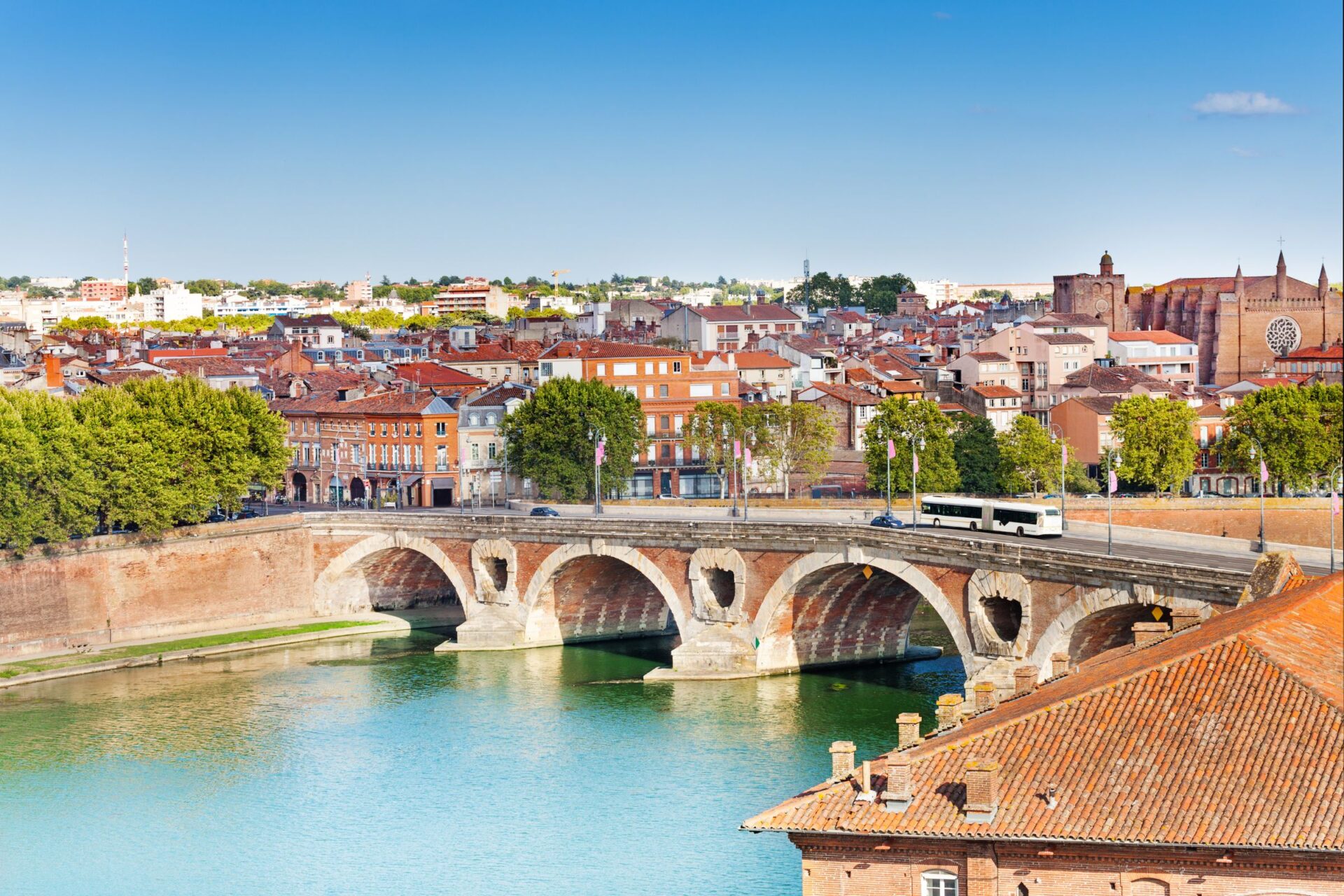
Green Spaces and City Parks
Despite being France’s fourth-largest city, Toulouse boasts impressive green spaces. The Japanese Garden within Compans Caffarelli Park is my favorite quiet retreat, with its carefully manicured plants and peaceful pond.
Jardin des Plantes and Grand Rond form a lovely connected park system where locals picnic and relax. The botanical collections here are impressive, featuring plants from around the world.
Prairie des Filtres is another popular park along the Garonne. This wide, grassy area becomes the center of city celebrations during festivals. It’s the perfect spot to join locals for an impromptu afternoon picnic.
The Canal du Midi, a UNESCO World Heritage site, provides beautiful tree-lined paths for walking and cycling. The towering plane trees create welcome shade during hot summer days.
Iconic Places: Capitol and Pont Neuf
Place du Capitole forms the beating heart of Toulouse. This massive square hosts the city hall and opera house in one magnificent building. The square itself buzzes with activity from cafes, markets, and street performers.
Inside the Capitole building, you’ll find ornate state rooms with stunning ceiling murals. I recommend timing your visit for Wednesday or Saturday mornings when the market fills the square with local foods and crafts.
Pont Neuf, despite its name meaning “New Bridge,” is the oldest bridge in Toulouse. Built in the 16th-17th centuries, its distinctive arches create perfect frames for photographs of the Garonne.
From the bridge, you get some of the best views of the city. I like to cross it at different times of day to see how the light changes the color of Toulouse’s famous pink buildings.
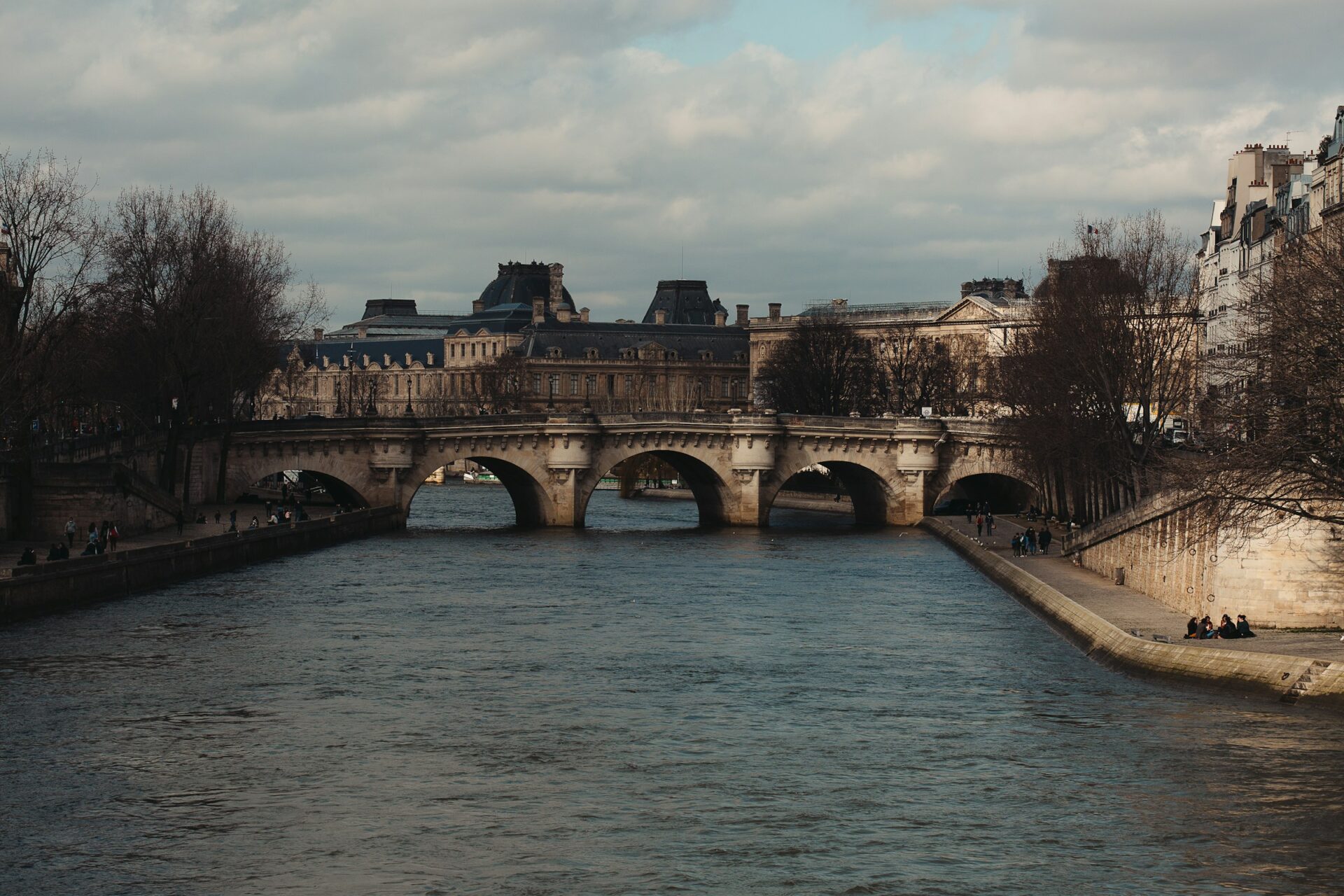
Unforgettable Experiences and Activities
Toulouse offers visitors a delightful mix of science, shopping, and nightlife that goes well beyond the typical tourist activities.
Innovative Science at Cité de l’Espace
I spent an entire day exploring Cité de l’Espace, and it wasn’t nearly enough time! This space-themed park showcases Toulouse’s important role in the European aerospace industry.
The interactive exhibitions blew me away. I touched actual moon rocks and explored a full-scale replica of the Mir space station. Kids and adults alike can enjoy planetarium shows that transport you across the universe.
What makes this place special is how it balances education with pure fun. I tried the moonwalk simulator that recreates the feeling of walking in reduced gravity. The Ariane 5 rocket replica stands tall outside, reminding visitors of human ingenuity.
Plan to spend at least 4 hours here. The cafeteria serves decent food if you get hungry during your cosmic journey.
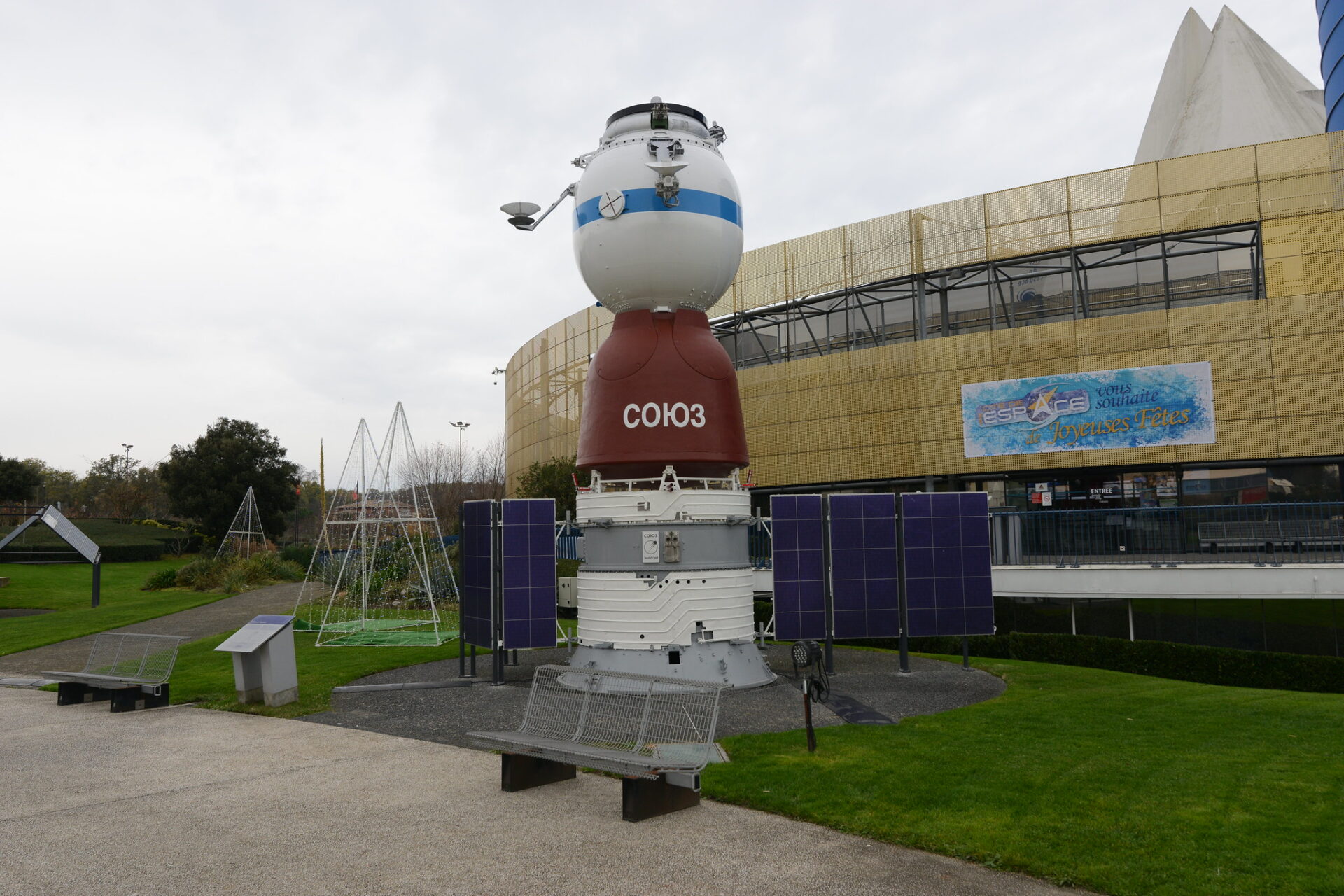
Shopping and Fashion: From Local to Luxe
Shopping in Toulouse combines French elegance with southern charm. I wandered through Galleries Lafayette. Luxury brands tempt you at every turn.
For more authentic finds, the markets around Victor Hugo offer local crafts and fashion pieces you won’t find anywhere else. I picked up a handmade leather bag that always gets compliments back home.
The city center around Place du Capitole houses boutiques ranging from affordable to high-end. What surprised me was the friendliness of shopkeepers. They were happy to chat about their products even when I wasn’t buying.
Don’t miss the Sunday markets where local designers sell unique clothing and accessories. I found incredible deals on items that would cost triple in Paris!

Toulouse Nightlife: From Tranquil to Tremendous
Toulouse comes alive after dark, especially around Place Saint Pierre. This square buzzes with students and locals enjoying reasonably priced drinks at outdoor terraces.
I started my evening with a relaxing aperitif along the Garonne River. I watched the sunset paint the “Pink City” in golden hues. Later, I joined the crowds moving between lively bars and music venues.
For a more cultural night out, I attended a jazz performance in one of the converted wine cellars near Saint-Sernin Basilica. The acoustics were incredible and the local wine selection even better.
At night, the Metro runs until midnight (1 AM on weekends), making it easy to get around. I felt perfectly safe walking between venues in the center. The streets remain well-lit and populated until late.

